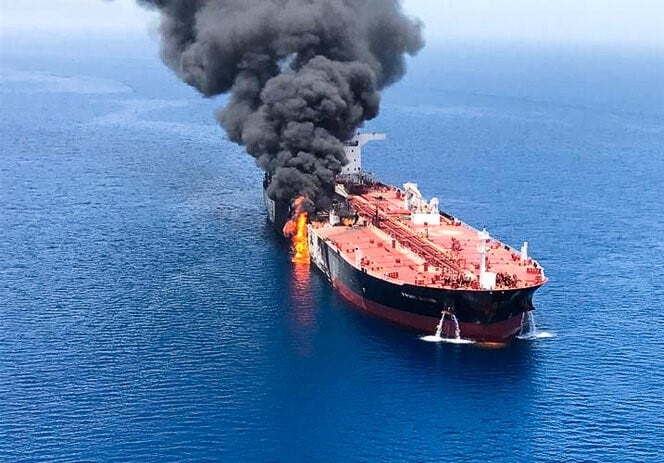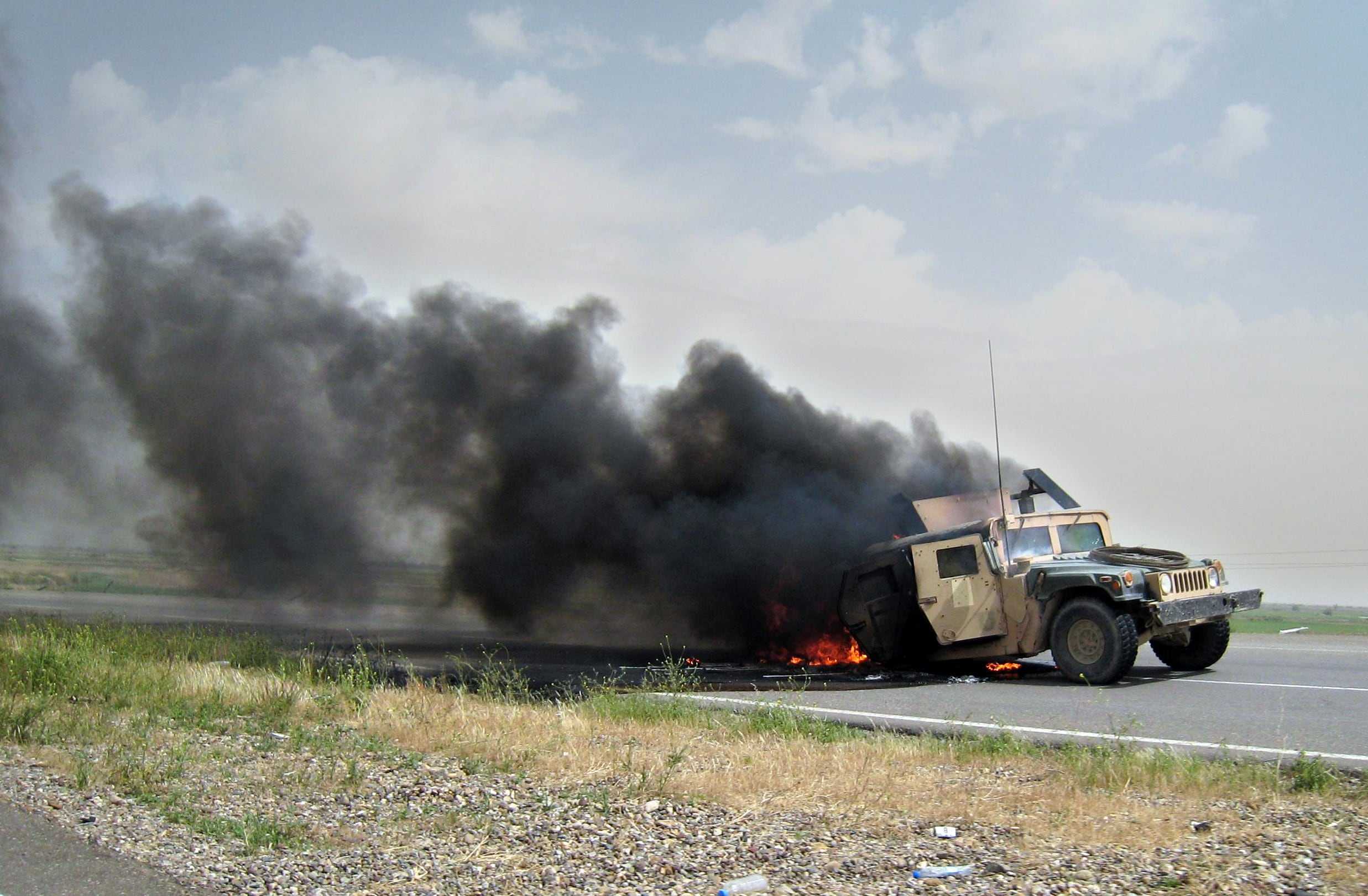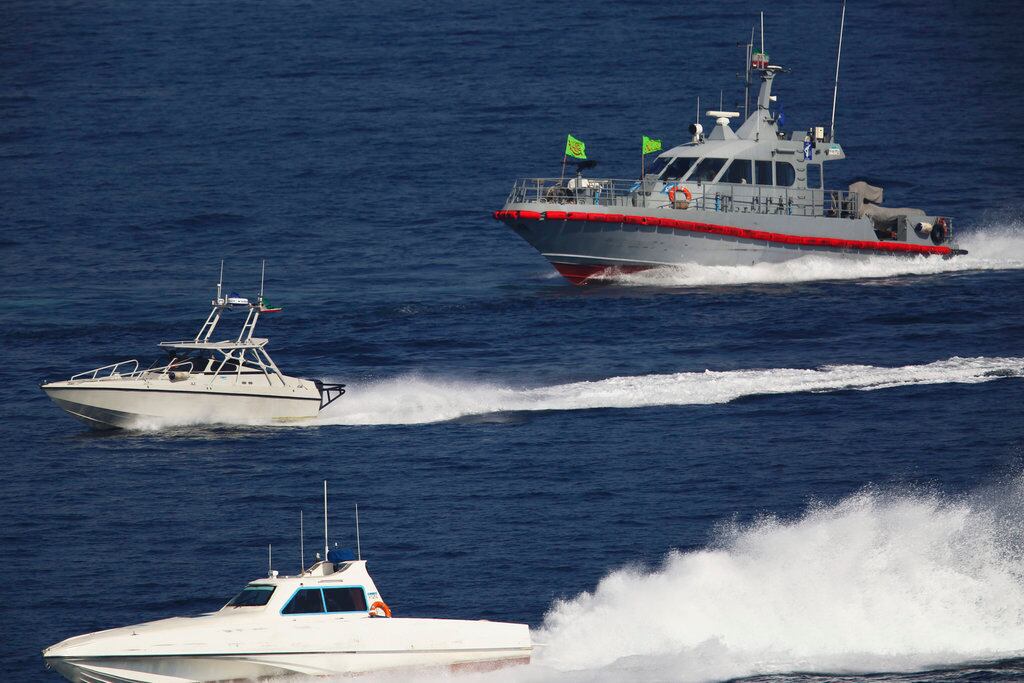A spate of provocative incidents by Iran and U.S. responses came to a head Thursday night, when a U.S. unmanned aerial vehicle strike took out one of Iran’s top generals as he arrived at the Baghdad airport.
Maj. Gen. Qassem Soleimani’s assassination was the direct result of escalating attacks on U.S. personnel in Iraq in recent months, but the organization he represented has been needling the American military for years.
“How dangerous the interactions are is relative. This type of demonstrative action is something that was fairly common during the Cold War,” Anthony Cordesman, an Iran expert at the Center for Strategic and International Studies told Navy Times in 2016, after a series of close calls between U.S. ships and the Islamic Revolutionary Guard Corps Navy in the Persian Gulf. “Whenever you want to assert yourself as a power you can do so fairly safely. The worst that happens is a limited combat action or a collision.”
At the time, IRGCN boats had confronted American ships four times over two days, once provoking warning shots from the coastal patrol ship Squall. Earlier that year, members of the IRGCN took captive 10 Navy riverines, accusing them of spying after mechanical issues caused their boats to drift into Iranian waters.
RELATED

Fast forward to 2019, and those aforementioned “limited combat actions” began to pile up. In addition to attacks on bases housing U.S. and Iraqi forces working together on the Defeat ISIS campaign, Iranian-backed attacks on Saudi Arabian oil fields prompted the deployment of 200 air- and missile-defense soldiers in September, to protect against further attacks on oil fields.
The hit on Soleimani brought the conflict from retaliation against militia forces, essentially a proxy for Iran, directly to the country’s senior leadership. Soleimani headed up the Quds Force, an at-large arm of the IRGC that had been coordinating attacks with Kata’ib Hezbollah, the Iraq-based militia responsible for a Dec. 27 attack at Kirkuk that killed one American contractor and several Iraqi personnel.
The paramilitary IRGC is a branch of the Iranian Armed Forces, but is also considered a terrorist organization, per an April directive by President Trump.
“General Soleimani was actively developing plans to attack American diplomats and service members in Iraq and throughout the region," according to a Thursday statement from the Pentagon.
RELATED

He also had a long history of targeting U.S. troops. At least 500 troop deaths in Iraq and Afghanistan have been attributed to explosively formed penetrators, a type of IED that first appeared in 2005, powerful enough to bore through Humvees and tanks.
They were manufactured in Iran and provided to Shiite militias operating in those countries by Soleimani’s Quds Force, the Pentagon found.
Meghann Myers is the Pentagon bureau chief at Military Times. She covers operations, policy, personnel, leadership and other issues affecting service members.





